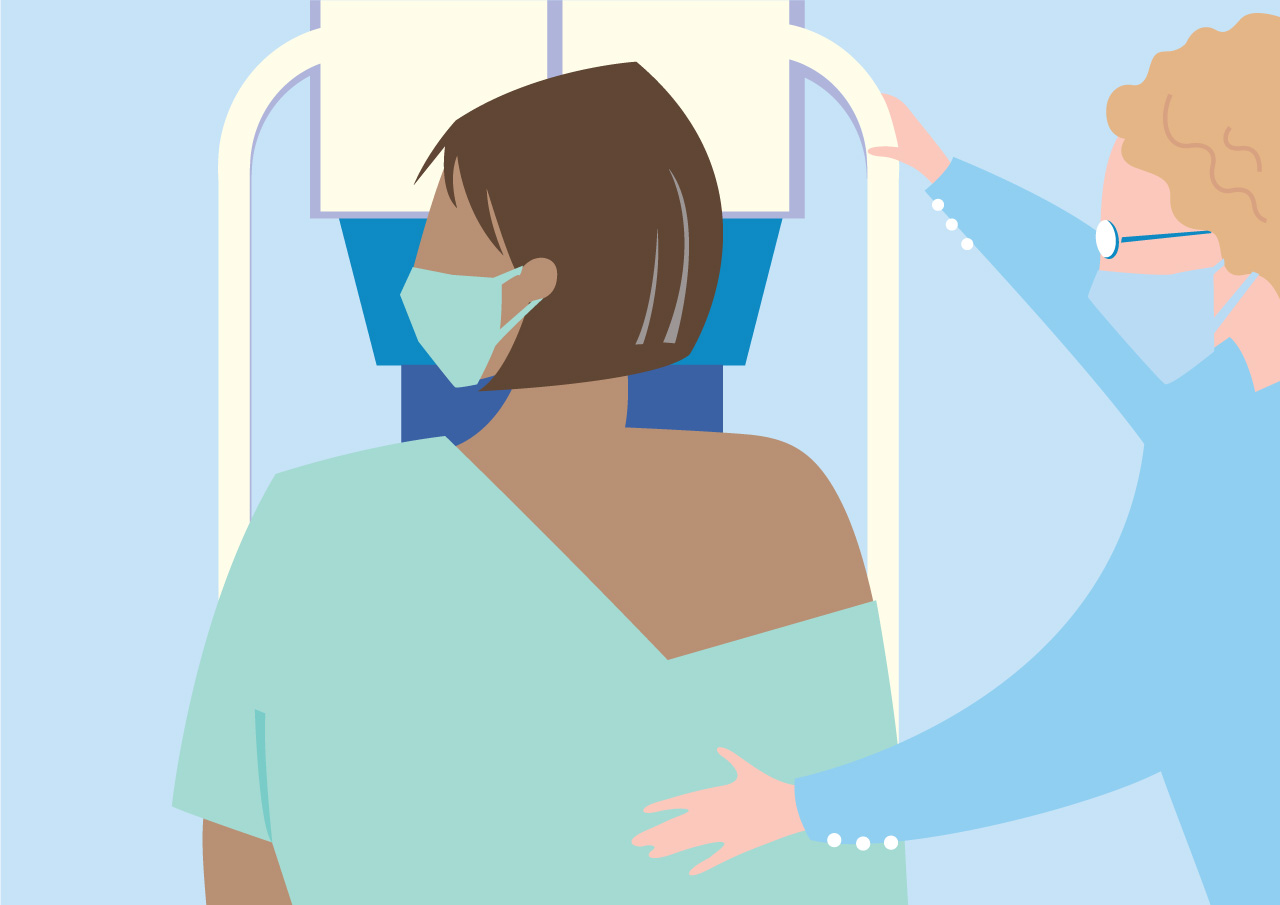 “Getting a callback for a follow up naturally makes your mind jump to thoughts of cancer, but there can be a number of reasons for a callback,” says Rachel Dultz, MD, FACS, Medical Director of the Penn Medicine Princeton Medical Center Breast Health Center.
“Getting a callback for a follow up naturally makes your mind jump to thoughts of cancer, but there can be a number of reasons for a callback,” says Rachel Dultz, MD, FACS, Medical Director of the Penn Medicine Princeton Medical Center Breast Health Center.
Three Reasons for Callbacks
“Generally, there are a few reasons why you would be called back following a mammogram,” says Dr. Dultz. “And in most cases, the next step would be additional imaging such as a 3-D mammogram, an ultrasound, an MRI, and, in some cases, a biopsy.”
One of the most common reasons for a callback is that the individual has not had a breast screening in the past, and some type of abnormality shows up on the mammogram. Without a baseline mammogram for comparison, additional testing is needed to determine whether there is cause for concern.
A woman who has dense breast tissue may also get a callback for a follow up so more testing can be done to ensure clearer images and rule out any changes since the last mammogram.
The third reason for a callback is when something new is detected in a screening mammogram. In that case, an ultrasound and possibly a biopsy will determine if treatment is needed.
Early Diagnosis is Important
“Mammograms should begin at the age of 40, and continue until a woman’s health reaches a point where cancer treatment would be too risky to consider,” says Dr. Dultz. “It is important to remember that finding breast cancer early makes treatment much easier. In non-aggressive cases that are found early, a lumpectomy may be all that is needed, and in some cases radiation is not needed. In fact, in some cases a hormone blocker may be enough to take care of the problem.”
Watch for These SignsSeek medical advice if you notice any of the following signs, even if you recently had a mammogram:
|

